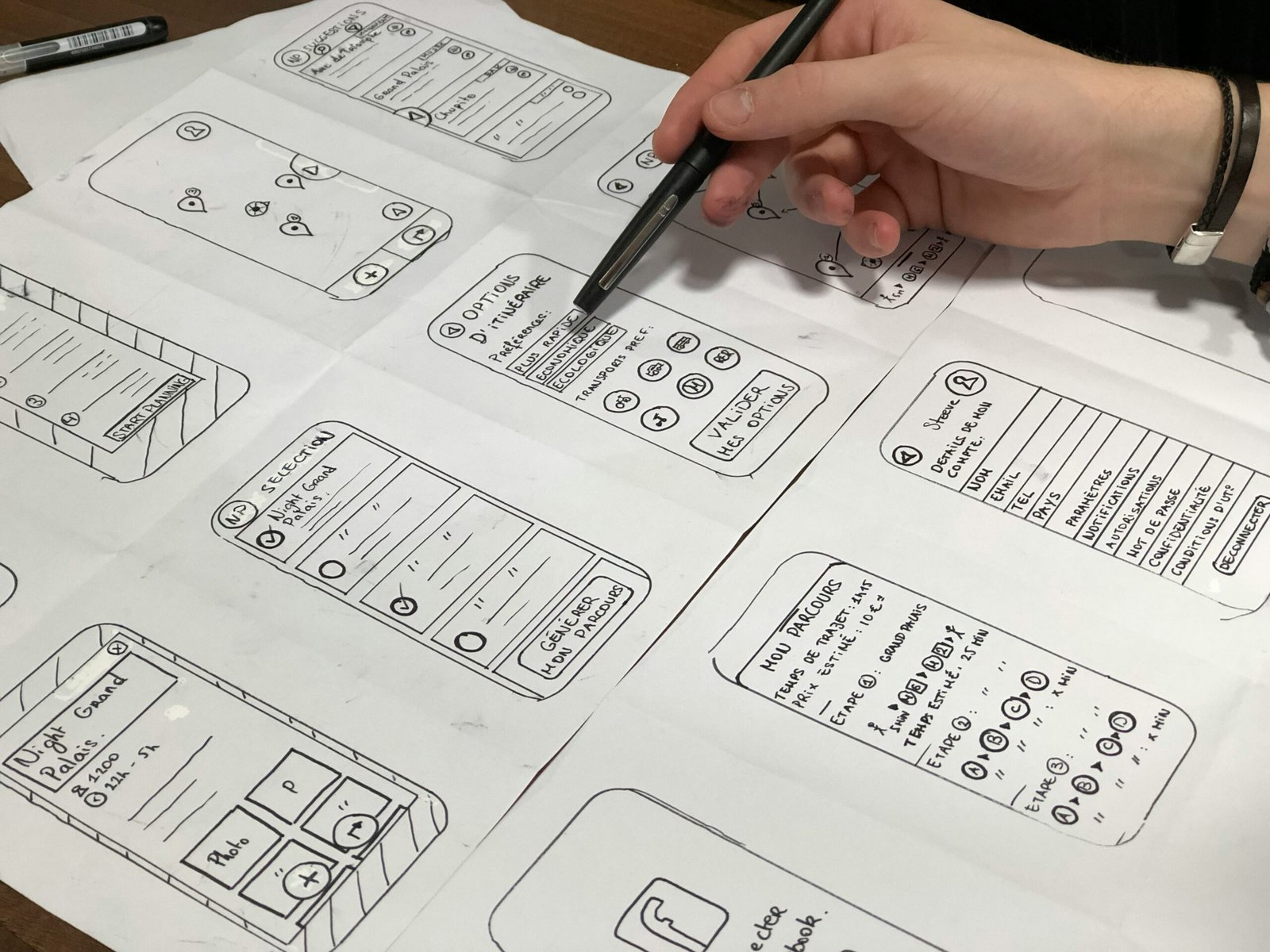In today’s digital age, where technology is an integral part of our lives, it is crucial to consider sustainability in every aspect of our design process. As UI/UX designers, we have the power to create eco-friendly apps that not only provide a seamless user experience but also contribute to a greener future. In this blog post, we will explore some UI/UX solutions for designing sustainable apps.
1. Minimalistic Design:
One of the key principles of sustainable design is minimalism. By adopting a minimalistic design approach, we can reduce the visual clutter and unnecessary elements in our app interfaces. This not only enhances the user experience but also reduces the app’s energy consumption. By using fewer colors, simpler layouts, and clean typography, we can create a visually appealing and energy-efficient app.
2. Dark Mode:
Dark mode has gained popularity in recent years, not only because of its aesthetic appeal but also because of its energy-saving benefits. By using darker colors for the user interface, we can reduce the energy consumption of the app, especially on devices with OLED screens. Dark mode not only saves battery life but also reduces eye strain for users in low-light environments.
3. Efficient Onboarding:
When designing the onboarding process for eco-friendly apps, it is important to keep it simple and concise. By minimizing the number of screens and steps required to set up the app, we can reduce the energy consumption during the initial setup phase. Providing clear instructions and using interactive elements can help users quickly understand how to use the app, reducing the need for excessive exploration and energy consumption.
4. Sustainable Iconography:
Icons play a crucial role in app design, and choosing the right set of icons can contribute to sustainability. By using universally recognized symbols and intuitive icons, we can reduce the need for text labels, making the app more accessible and energy-efficient. Additionally, using vector-based icons instead of raster images can help optimize the app’s size and reduce its carbon footprint.
5. Energy-Efficient Animations:
Animations can enhance the user experience, but they can also consume a significant amount of energy. To design sustainable apps, it is important to use energy-efficient animations that are lightweight and optimized for performance. By using CSS animations or implementing subtle motion effects, we can maintain a delightful user experience without compromising on energy efficiency.
6. Eco-Friendly Feedback:
Feedback is an essential part of the user experience, but it can also be an opportunity to promote sustainability. Instead of using traditional success or error messages, we can design eco-friendly feedback that encourages users to adopt sustainable behaviors. For example, a positive message that rewards users for completing a task in an eco-friendly way can motivate them to continue making sustainable choices.
7. Data Optimization:
Data usage is another aspect of app design that can impact sustainability. By optimizing the app’s data consumption, we can reduce the energy required for data transfer. This can be achieved by implementing techniques such as lazy loading, caching, and compressing data. By minimizing the amount of data that needs to be transferred, we can create more energy-efficient apps.
8. User Education:
Lastly, user education is key to promoting sustainability through app design. By providing users with information about the app’s eco-friendly features and encouraging them to adopt sustainable behaviors, we can create a positive impact on the environment. This can be done through in-app tutorials, tips, or even a dedicated section that highlights the app’s sustainability efforts.
In conclusion, as UI/UX designers, we have a responsibility to design sustainable apps that not only provide a great user experience but also contribute to a greener future. By adopting minimalistic design, dark mode, efficient onboarding, sustainable iconography, energy-efficient animations, eco-friendly feedback, data optimization, and user education, we can create apps that are both user-friendly and eco-friendly. Let’s design for sustainability and make a positive impact on the environment through our design choices.












Leave a Reply